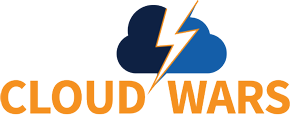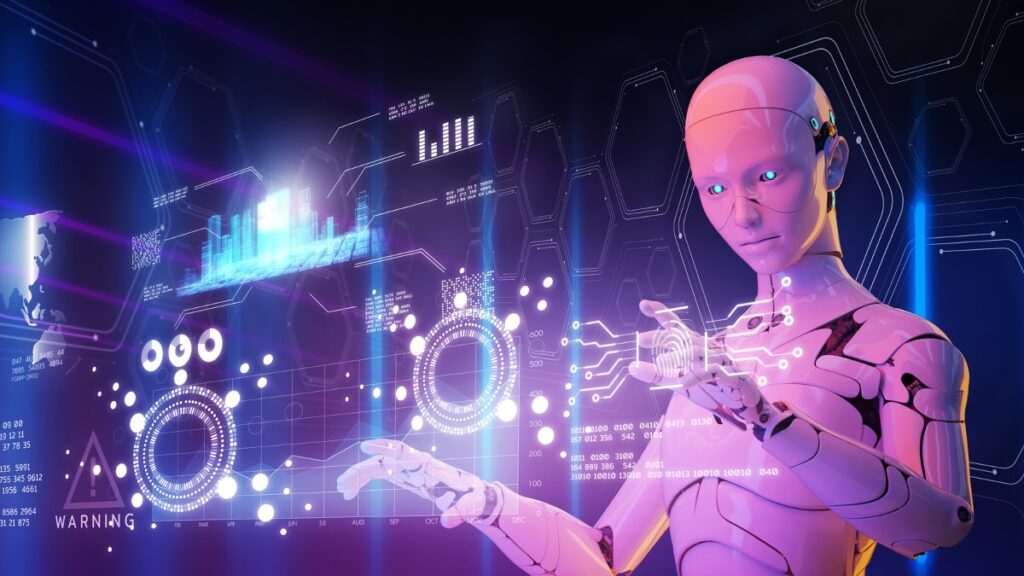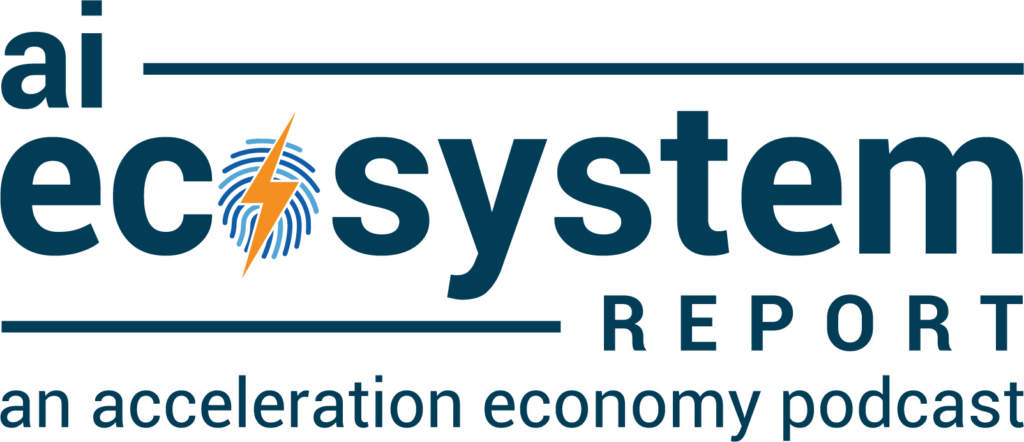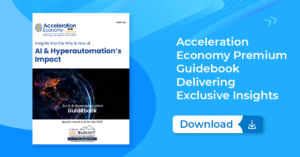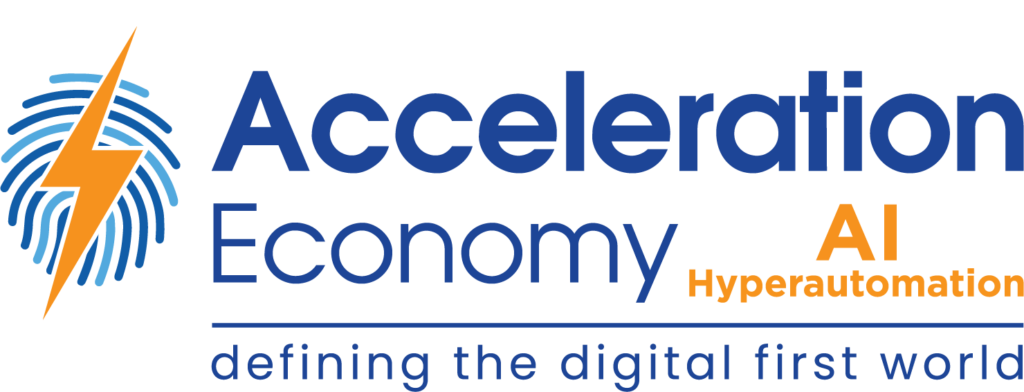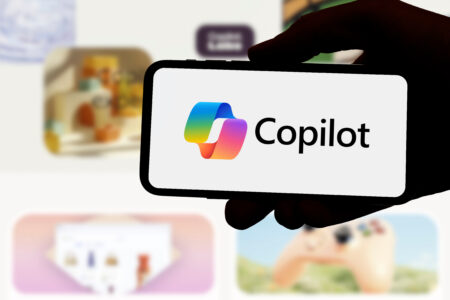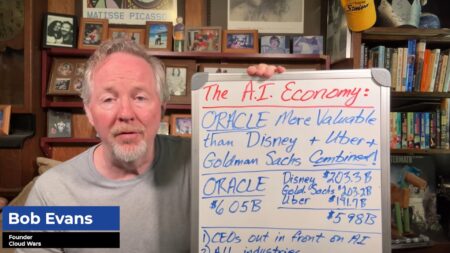The tech industry naturally goes through hype cycles. The excitement phase is usually triggered by an event that was made possible through years of hard work put in when nobody was paying attention. Artificial intelligence (AI) is no different. When ChatGPT was released on November 30th, 2022, the field entered a renaissance like never before. It seems as though everyone and their grandmother is talking about generative AI, even if they have a limited overview of the AI field as a whole.
This makes sense for people outside of the tech industry. Before ChatGPT, the term AI still sparked images of Terminator 3 and Ex Machina. Allowing everyone to use AI in a real way has redefined the public’s perception of the technology. It’s the first time many people have personally experienced the potential of AI.
Having started as consumer-facing tools, ChatGPT and other publically-available generative AI applications have naturally captured media attention much more quickly than AI applications that have nothing to do with generation — including those that we’ve been writing about on the Acceleration Economy AI and Hyperautomation channel for a while now.
While believing that ChatGPT and AI are one and the same or interchangeable might be sufficient for most people, the same is not true for those in tech or business. This is because your organization and technology stack will need to embed AI capabilities on a deep level in order to survive the years to come, just as most knowledge-centric jobs already include AI workflows.
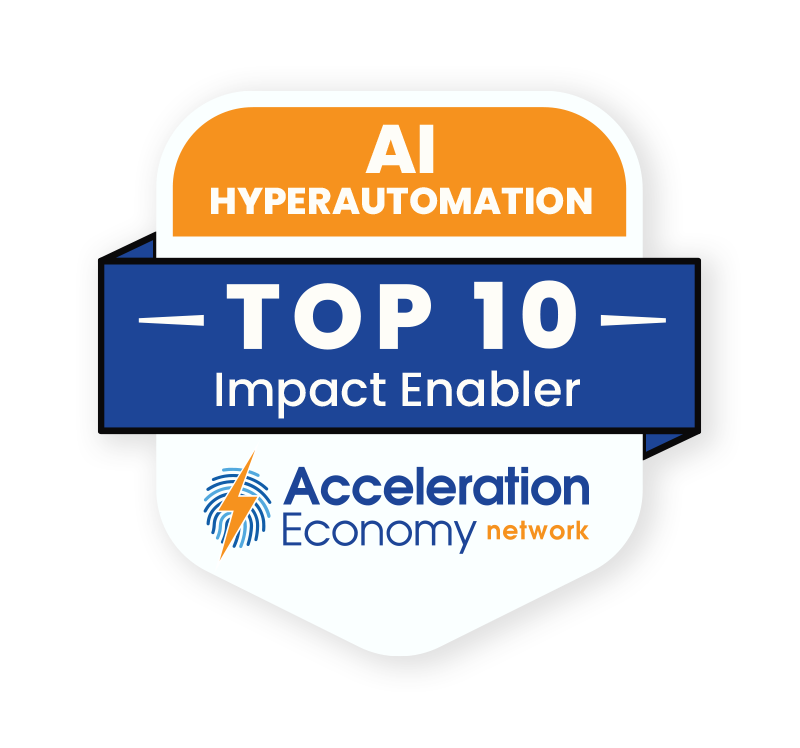
Which companies are the most important vendors in AI and hyperautomation? Check out the Acceleration Economy AI/Hyperautomation Top 10 Shortlist.
Non-Generative AI vs. Generative AI
Generative AI is really a subfield within AI, a field that itself has existed since the 1950s and encapsulates any attempt to simulate human intelligence with machines. For many decades, AI was only explored by adventurous researchers and science fiction writers until neural networks could prove real value for business users. Since then, AI has been embedded in businesses in all industries. Now, it powers many of the applications underpinning modern society, from Amazon and Netflix to Teslas and medical diagnoses.
On the other hand, generative AI, which refers to deep learning models that are able to synthesize images, text, or other content formats through queries, got its start in 2014 with the invention of Generative Adversarial Networks (GANs). The field only took off, however, in 2022 with OpenAI’s public release of DALL-E-2 and ChatGPT.
While generative AI has led to rapid innovation and disruption in recent months, the business impact of non-generative AI is much broader. Common applications include classification, forecasting, anomaly detection, and computer vision. These functions are generally used to automate processes that would have otherwise been done less efficiently or accurately by human employees.
Understanding applications of both generative and non-generative AI is key to unlocking value across your organization. To understand those differences in practice, let’s take a look at Akkio.
Akkio’s No-Code AI Platform Changes AI Usage on Data
Akkio is a no-code AI startup based in Massachusetts. Founded in 2019 and since funded by Bain Capital Ventures, the company now has eight team members and is ready to enter the automation industry. Akkio’s application enables users to easily apply machine learning (ML) models to existing datasets that you can import as CSV files or through external platforms like Salesforce and Snowflake. The application will automatically pick the right ML model, train it, and provide easy-to-understand reports in return.
The company places a lot of focus on clean UI and UX. Solutions like those of C3 AI are great for enterprises ready to commit time and money to AI integration, but solutions like Akkio’s would be more suitable for a startup or individual developer building out their data management stack.
That doesn’t mean that its capabilities are lesser. Akkio tackles many of the same challenges that AI offerings in companies like C3 AI do, from automatically classifying leads in your CRM to forecasting costs and reducing churn. These are applications of non-generative AI and have a proven track record of ROI if done right.
The main difference is that Akkio focuses on the analysis of existing data, whereas many of the other Acceleration Economy AI and Hyperautomation Top 10 companies focus on existing data as well as improving the data quality itself through offerings like bias identification, for example. Startups may not need such offerings given that they have fewer compliance needs than larger companies in the enterprise sector.
Akkio is also taking bold steps into generative AI. One of its products is called the Akkio Chat Explore, which uses GPT-4 to allow non-technical users to explore datasets using natural language. Regardless of your knowledge of data science or the data itself, Akkio Chat Explore will automatically reformulate data into formats that fit best your query. If you ask about the correlation between demographic XYZ and time spent on your landing page, Akkio Chat Explore can produce a bar graph in real time. If the underlying data exists, the app gives anyone the ability to analyze it.
The startup also offers Akkio Chat Data Prep, which lets you perform transformations on your data set using natural language, including combining columns, performing calculations, translating between languages, filtering, remodeling, and more.
Akkio’s natural language offerings show how non-generative and generative AI tools will continue to merge and provide additional value to organizations. Cutting-edge classification or forecasting models that may not be usable by non-technical staff will pass their outputs to generative models that can instantly make a graph or write a report readable by human stakeholders.
C3 AI, a company that dominated the non-generative AI application space for many years, is also honing in on generative AI. Alongside its 40 other AI applications, the company is also building out its C3 Generative AI Product Suite. These tools will be embedded into its enterprise AI offerings and can be immediately applied by its customers.
Conclusion
There’s no denying that generative AI is at the peak of its hype cycle right now. The release of ChatGPT, GPT-4, DALL-E-2, and the explosion of API-based startups have generated a lot of excitement around the technology. For many people outside of tech or business, this is the first time they are hearing about AI and experiencing its potential. But there’s much more to AI.
It’s critical that businesses considering AI integration for the first time see beyond the buzz. Learning about companies like C3 AI and Akkio is a great way to understand the real business applications of both non-generative AI and generative AI, and how those two subgroups of AI will continue to merge and provide additional value to organizations.
Looking for real-world insights into artificial intelligence and hyperautomation? Subscribe to the AI and Hyperautomation channel:
